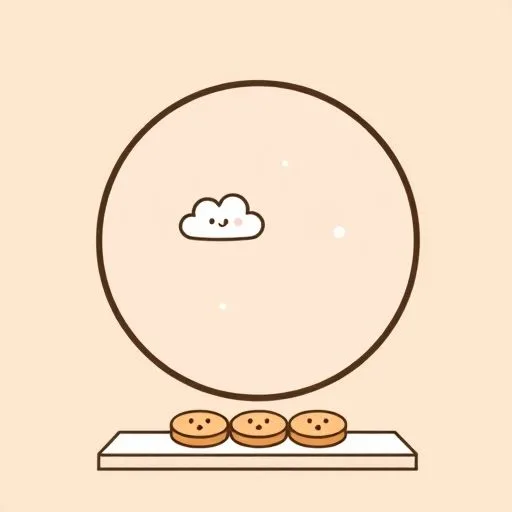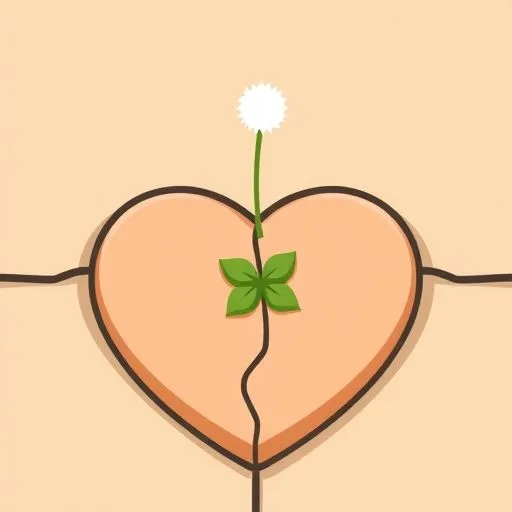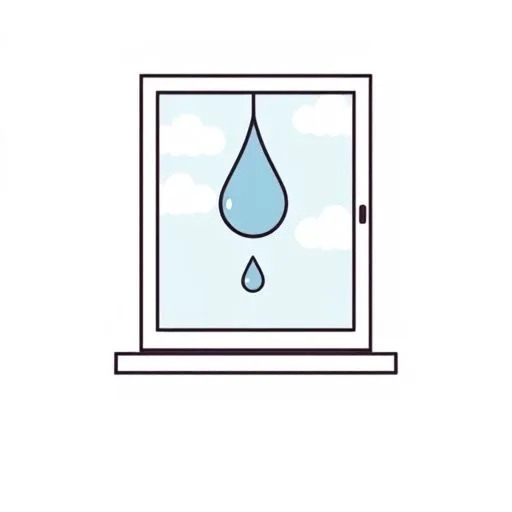
Ever feel like your kid’s ‘why?’ questions just keep bubbling up like bath time foam? That constant stream of ‘why is the sky blue?’ or ‘where do raindrops go?’ can leave us scrambling for answers—or reaching for that tablet. But what if we paused instead? What if we let those little ‘whys’ become our doorway to messy, magical moments where discovery happens right here, in our hands? Today let’s talk about turning ‘why?’ into ‘let’s find out together’—not with perfect answers, but with the kind of real-life exploration that sticks. When your toddler asks about milk clouds and suddenly you’re making a milk waterfall at the kitchen counter, that’s not chaos. That’s their first science lab. And honestly? Those moments teach more than any screen ever could.
How ‘Why?’ Becomes ‘Let’s See!’ Without Rushing for Answers

Picture this: your little one points at the sky, whispering ‘why’s it blue?’ In that split second, we often want to quickly google or recite a textbook fact. But try pausing instead. What if you breathed out slowly and said ‘huh… maybe color clouds mixed in up there?’ Then you’d walk together to the window, watching shadows shift as clouds drift. See how their eyes widen? That spark? It tugs at something deep—not because we gave the ‘right’ answer, but because we stepped into their wonder.
Here’s the beautiful twist: these moments snowball into the most unexpected adventures. One ‘why’ about biscuit colors might send you both crouching by the front door, sorting crumbs like tiny treasure. Or a question about milk streams turns your kitchen into a giggly experiment zone with spoons and bowls. And yeah—we’ll end up wiping spills later. But that’s okay! That messy kitchen moment is actually their first science lab. The magic’s in the doing, not the knowing. We realize mid-spill: ‘Wait, this isn’t chaos—this is how they learn.’ And next time ‘why?’ floats up? You’ll instinctively grab their hand, whisper ‘let’s look together,’ and step outside to watch clouds shape-shift. No tablet needed.
What hits hardest is how these small choices rewire us too. Suddenly we’re seeing dandelions as treasure maps or puddles as mirror worlds—all because a child asked ‘why?’ and we didn’t rush. Those little ‘why’ moments? They’re not interruptions. They’re invitations to see life fresh. Like when your kid whispers ‘that cloud looks like us, doesn’t it?’—and your heart melts. That’s the real gift: curiosity that pulls us back to what matters.
Everyday Walks Turn Into Neighborhood Treasure Hunts

Next time you’re walking with your kids, try this: ditch the destination. Instead, ask ‘what treasure shall we find today?’ Maybe it’s a crack in the pavement sprouting clover, or a flower petal clinging to a fence rail. Kids spot these secrets instantly—their eyes are wired to wonder. We join in, collecting petals in pockets or tracing brick patterns with fingers. Soon, the sidewalk becomes a learning map. ‘Look!’ your child breathes, ‘this ant’s carrying a crumb like a backpack!’ And just like that—we’re not walking home. We’re explorers.
What makes this work? It’s how we frame it. No pressure to ‘teach’—just follow their lead. When they crouch to watch raindrops race down leaves, you might murmur ‘which drop will win?’ Their giggles become our compass. Slowly, you notice something shift: finding secrets in pavement cracks and flower edges feels like breathing again. Because kids don’t just see differently—they remind us to slow down. That cracked sidewalk isn’t broken. It’s a river. That dandelion isn’t a weed. It’s a sunbeam catcher.
The best learning isn’t in apps—it’s in the mud, the leaves, the shared silence as you both watch a spider weave its web.
Here’s what surprised me most: these tiny hunts build unshakeable bonds. You’ll catch yourself saving ‘treasures’—a smooth stone, a feather—in your bag for later. And when bedtime arrives, your child might whisper ‘tomorrow… let’s hunt for rainbows?’ That heart-melting feeling when your child wants to go rainbow hunting in the rain? It’s pure gold. Because the best learning isn’t in apps—it’s in the mud, the leaves, the shared silence as you both watch a spider weave its web. Simple, right? Yet so easy to forget when screens beckon.
Why Raindrops Teach More Than Any Screen Ever Could

Let’s be real: sometimes we hand over a tablet just to catch our breath. But here’s what happens when we gently redirect that ‘why?’ moment. Next time your kid says ‘let’s google it!’ hold their wrist for a sec. Smile and say ‘wait—our best explorer’s right here: you!’ Then step outside together. Point at a raindrop on the window. ‘See how it dances? Let’s follow it down.’ Suddenly you’re both crouched, tracing its path with fingers. Real magic beats virtual every time.
Of course, we’re not anti-technology. Some days we’ll pull up a ‘rainbow video’ together for 10 minutes—then close it with ‘alright, let’s go find our own!’ The key? Keeping it shared and short. No guilt, just intention. Over time, your child starts anticipating the real-world thrill. Like when rain starts, and they grab your hand yelling ‘come on—we gotta catch rainbows!’ That shift? It’s everything. Sometimes the best answers aren’t on Google—they’re in the raindrops outside our window.
This isn’t about perfection. It’s about presence. Those little hands holding raindrops? They’re teaching us as much as we’re teaching them. On tough days when screens feel like the only option, remember: one ‘why?’ turned into five minutes of cloud-watching can reset your entire day. Because real discovery lives in the squish of mud between toes, the stickiness of a shared biscuit, the breathless whisper ‘look what WE found!’ And when your child finally says ‘that cloud looks like us’—you’ll know: this messy, screen-light journey? It’s building memories no algorithm can replicate. So next time ‘why?’ floats up, pause. Take their hand. Step outside. Let the real adventure begin.
Source: Adobe’s suite of new AI tools aimed at helping businesses create the best customer experience are here, Techradar, 2025/09/11 12:42:00
